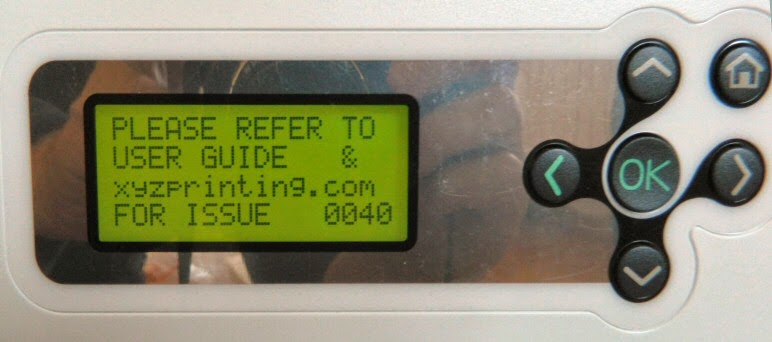An explanation of the Monty Hall problem which convinces me.
Look up The Monty Hall Problem if
you've never heard of it. Basically there is a game show hosted by a
bloke called Monty Hall, behind one of three closed doors is a prize,
like a new luxury car. Behind the other two doors there is nothing.
The game is to choose which door to open. You're given no clues. So
all doors have an equal chance of giving you the luxury car, roughly
33%. Lets suppose you choose door A.
Now Monty opens door C to show you that
behind it there is no prize. The question is: Should you change your
choice from door A to door B?
It is important to remember The A and B pair are not the same as the B and C pair, because the B and C pair do not contain the door your initially chose.
It is important to remember The A and B pair are not the same as the B and C pair, because the B and C pair do not contain the door your initially chose.
The answer is yes, you increase
your chances of getting the prize from 33% to 66%.
If you haven't heard of the Monty Hall
problem before you're probably surprised by this answer, but it is
true, not only in theory but also in practice. (Try it!)
I thunk and thunk about this and I've
come up with an explanation which I have not heard before, though
maybe it is wrapped up in maths I could not understand.
This first bit is not my explanation,
and it sounded like magical homeopathy to me at first:
Roughly speaking the 33% probability of
door C transfers itself to door B. The 33% of the door which has been
opened by Monty moves over to the door you did not choose. So
there is a 33% possibility of the door you did choose of having the
car behind it, and a 66% possibility of the other unopened door
having the car behind it.
Many people will say: "No! It is
50% door A and 50% door B! It does not matter if I change to B or
stay with A. The probability divided half and half."
Now here's my "explanation".
I was able to understand how the real probablilties were 33.3% and
66.7% with these drawings:
Consider A and B as a pair, initially
you know no more about A than you do about B, but you have chosen A. So for that pair you
have a 50%/50% possibility of getting the correct door.
Now consider B and C before
Monty does anything. Again, just looking at that pair you have a
50%/50% possibility of getting the correct door.
But now, consider B and C after
Monty shows you that behind door C there's nothing. Monty has told
you something extra about the pair B and C, he's told you that
it is definitely not behind C.
So now you know more about B and C than
you do about A and B. And what you know is that if the prize was
behind the B and C pair it is behind the B door. That is how the
33.3% gets transferred from door C to door B.
Voila! QED! Argh!
.gif)
.gif)


I had already heard of this theory (it was explained in "21" a movie on black jack), but I still doesn't understand it. If you consider the couple A and C, instead of the B and C (in the second draws) the 33,3% of C switches to A, and you are at the starting point. Or not?
ReplyDeleteMonty will never open the door which you have chosen. He will never choose A.
ReplyDelete